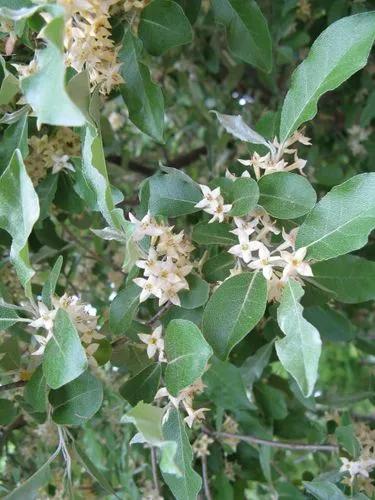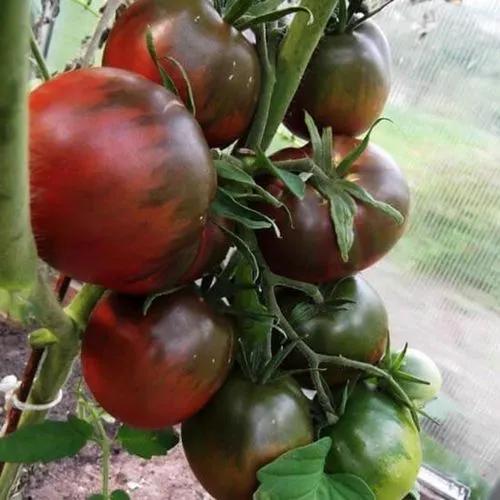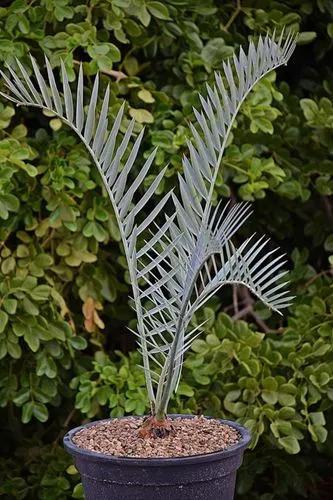Musa velutina, the hairy banana, or pink banana, is a species of seeded banana. These plants are originally from Assam and the eastern Himalayas. They are also cultivated in greenhouses and places like Australia.
Hairy banana Care
Musa velutina



The musa velutina is a banana tree species of the Musaceae family which includes bananas and plantains. It is native to Assam, eastern Himalayas, India, and Southeast Asia but may also be found in other regions such as Australia. Its fruits are 3 in (8 cm) long, pink, and fuzzy. They are borne on erect flower stalks with a pink inflorescence. Musa velutina flowers at a young age, doing so within a year. The fruits peel back when ripe. It is often grown as an ornamental plant, but has soft, sweet flesh that can be eaten. Common names of the Musa velutina include Pink banana, Hairy banana, Pink fruiting banana, Pink velvet banana and Self-peeling banana. Velutina is also known by another botanical name – Musa dasycarpa.
How to Care for the Plant

Water

Your banana plant should be watered frequently through the spring and summer months. Don’t overwater it in winter.

Fertilizer

During the growing period, this banana plant should treated with liquid fertilizer monthly or a banana plant fertilizer.

Sunlight

Pink bananas enjoy a combination of full sun and partial shade.

Soil

Musa velutina is ideally planted in nutrient-rich soil which has compost mixed in. The soil should be moist, well-drained and humusy and should have a neutral or slightly acidic pH.

Temperature

These bananas prefer a somewhat warm temperature of around 68°–75°F (20°–24°C). They flourish during the warmer months but should be kept in a temperature-controlled environment in the winter to protect them. It is quite a hardy plant and may withstand cold weather up to 21°F (-6°C) though the foliage may die.

Popularity

258 people already have this plant 50 people have added this plant to their wishlists
Discover more plants with the list below
Popular articles






